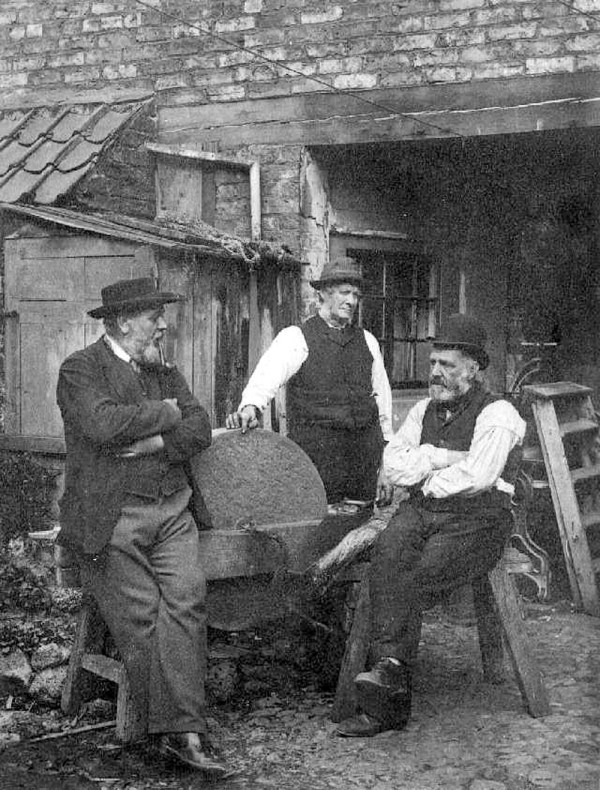7. The third Peter – Peter Follansbee. (Hmmm, it seems the theme of this year’s WIA is “Peters in Woodworking” – Peter Ross, Peter Galbert and Peter Follansbee are all speaking).
I hope you know Peter Follansbee from his book “Make a Joint Stool from a Tree” (now offered with free shipping from Lost Art Press). But if you haven’t heard Peter in a classroom/lecture situation, you are only getting half of the picture of the man.
His quick and dry Massachusetts wit and deftness with an axe is worth traveling to see. This year Peter is demonstrating 17th-century carving (I’ll be sitting in on that) and is giving the keynote at the big WIA banquet on Friday night.
Sign up for Woodworking in America, Oct. 18-20. Thirty Peters agree.
— Peter Schwarz





